Nijssen’s cory - Corydoras nijsseni
Scientific name: Corydoras nijsseni
Common name: Nijssen’s cory
Family: Callichthyidae
Usual size in fish tanks: 3 - 4 cm (1.18 - 1.57 inch)
014
Recommended pH range: 6.5 - 7.5
Recommended water hardness: 4 - 15°N (71.43 - 267.86ppm)
0°C 32°F30°C 86°F
Recommended temperature range: 22 - 27 °C (71.6 - 80.6°F)
The way how these fish reproduce: Spawning
Where the species comes from: South America
Temperament to its own species: peaceful
Temperament toward other fish species: peaceful
Usual place in the tank: Bottom levels
Introduction
Corydoras nijsseni, commonly known as Nijssen’s Cory, is a small, peaceful bottom-dwelling fish native to the tributaries of the Rio Negro in South America. Their gentle temperament and unique appearance make them an excellent addition to community aquariums, particularly for aquarists seeking a smaller species of corydoras.
Food and Feeding
Nijssen’s Corys are not picky eaters but require a diet that reaches the tank's bottom to ensure they receive their share. Use fast-sinking pellets or flake food as the staple of their diet. To supplement, provide live or frozen treats such as bloodworms, brine shrimp, or white worms, which they will enthusiastically consume. Feeding during the evening hours may be beneficial as they are more active during this time.
Habitat and Tank Requirements
To replicate their natural environment, set up a tank with soft, fine sand or smooth gravel to protect their sensitive barbels. Provide plenty of hiding spots using rocks, driftwood, or dense planting, as they enjoy resting and exploring shaded areas. Suitable plants include Java Fern (Microsorum pteropus), Anubias (Anubias barteri), Amazon Sword (Echinodorus bleheri), and Cryptocoryne species (Cryptocoryne wendtii). These plants offer excellent coverage while tolerating the water conditions preferred by Nijssen’s Corys. Maintain water parameters within a pH range of 6.5-7.5 and hardness of 4-15°N (71.43-267.86 ppm). The ideal water temperature is between 22-27°C (71.6-80.6°F). Regular water changes are crucial to maintaining pristine water quality for this sensitive species.
Sexing
Sexing Nijssen’s Corys is relatively straightforward. Females are slightly larger and have a plumper body shape, especially when viewed from above, while males are slimmer and more streamlined.
Breeding
Breeding Corydoras nijsseni in an aquarium requires careful preparation. It is best to maintain a breeding group of one female with two males. Trigger spawning by performing regular water changes with slightly cooler water to mimic their natural rainy season. The female will scatter eggs throughout the tank, often attaching them to plants or surfaces. After 3-4 days, the eggs will hatch, and the fry will become free-swimming a couple of days later. Feed the fry newly hatched brine shrimp or micro worms to ensure proper growth and development.
Lifespan
With proper care, the expected lifespan of Corydoras nijsseni is 3-5 years, making them a rewarding species for dedicated aquarists.
Behavior and Compatibility
Nijssen’s Corys are peaceful and social fish that thrive in groups of at least five. They are ideal for community tanks with similarly non-aggressive species. Compatible tank mates include small, peaceful fish such as Neon Tetras (Paracheirodon innesi), Harlequin Rasboras (Trigonostigma heteromorpha), Ember Tetras (Hyphessobrycon amandae), and Guppies (Poecilia reticulata). Avoid housing them with larger or boisterous species like cichlids or large barbs, as these may stress or outcompete them. Their active and engaging behavior at the tank’s bottom makes them a joy to observe, especially when paired with compatible companions.
Short Description
Corydoras nijsseni, or Nijssen’s Cory, is a small, peaceful bottom-dweller perfect for planted community tanks. Their preference for group living and adaptability to various water conditions make them a popular choice among aquarists. Provide hiding places and maintain a clean, stable environment to keep them thriving.
Pictures
Bought by aqua-fish.net from jjphoto.dk.
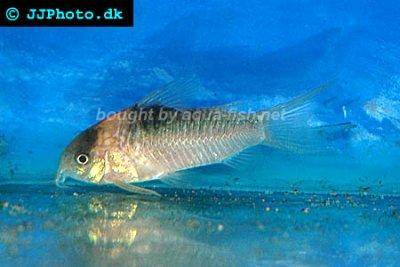


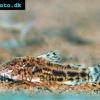 Aspidoras
Aspidoras 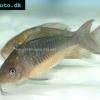 Giant
Giant 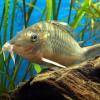 Hognosed
Hognosed 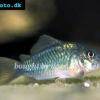 Emerald
Emerald 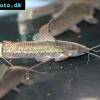 Cascarudo
Cascarudo 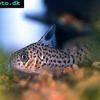 Acre
Acre 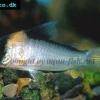 Adolfo’s
Adolfo’s 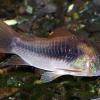 Bronze
Bronze 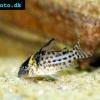 Agassizii’s
Agassizii’s 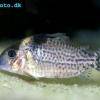 Spotted
Spotted 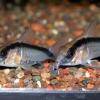 Skunk
Skunk 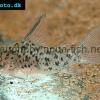 Corydoras
Corydoras 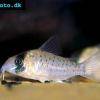 Fairy
Fairy 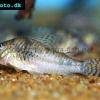 Corydoras
Corydoras 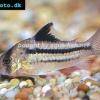 Pink
Pink 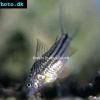 San
San 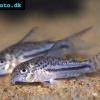 Bond’s
Bond’s  Spotted
Spotted 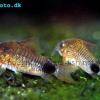 Tailspot
Tailspot 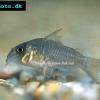 Concolor
Concolor 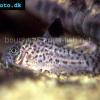 Cope’s
Cope’s 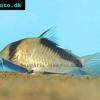 Sand’s
Sand’s 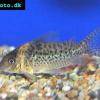 False
False 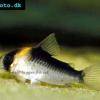 False
False 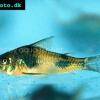 Ehrhardt’s
Ehrhardt’s 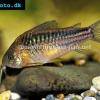 Elegant
Elegant 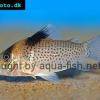 Saddle
Saddle 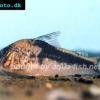 Fowler’s
Fowler’s 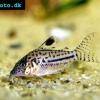 Gomezi
Gomezi 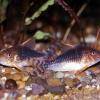 Palespotted
Palespotted 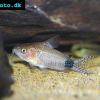 Guapore
Guapore 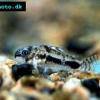 Dainty
Dainty 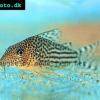 Mosaic
Mosaic 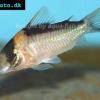 Imitator
Imitator 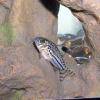 Julii
Julii 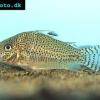 Leopard
Leopard 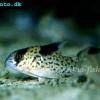 Black
Black 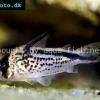 Slant-bar
Slant-bar 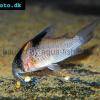 Bluespotted
Bluespotted 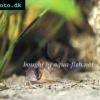 False
False 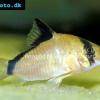 Bandit
Bandit 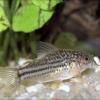 Mini
Mini 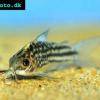 Napo
Napo 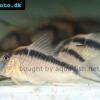 Corydoras
Corydoras 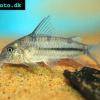 Blue
Blue 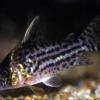 Ornate
Ornate 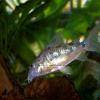 Peppered
Peppered 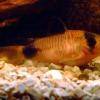 Panda
Panda 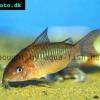 Albertini
Albertini 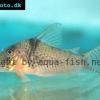 Pastaza
Pastaza 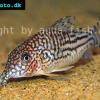 Corydoras
Corydoras 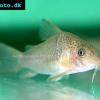 Many-spotted
Many-spotted 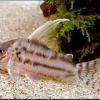 Pretty
Pretty 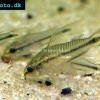 Dwarf
Dwarf 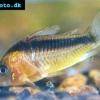 Iridescent
Iridescent 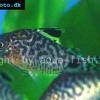 Reticulated
Reticulated 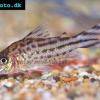 Bannertail
Bannertail 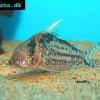 Robust
Robust 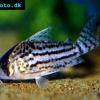 Schwartz’s
Schwartz’s 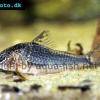 Black
Black 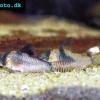 Longnosed
Longnosed 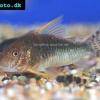 Seuss’
Seuss’ 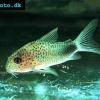 Smudge
Smudge 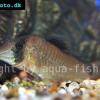 Masquerade
Masquerade 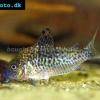 False
False 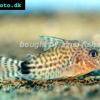 Millenium
Millenium 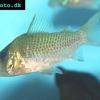 Pinkthroat
Pinkthroat 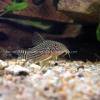 Sterba’s
Sterba’s 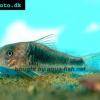 Longsnout
Longsnout 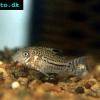 False
False 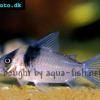 Miguelito
Miguelito 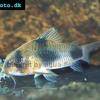 Twosaddle
Twosaddle 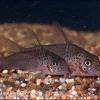 Xingu
Xingu 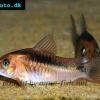 Black
Black 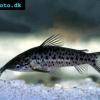 Porthole
Porthole 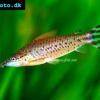 Flagtail
Flagtail 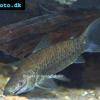 Brown
Brown 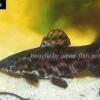 Spotted
Spotted